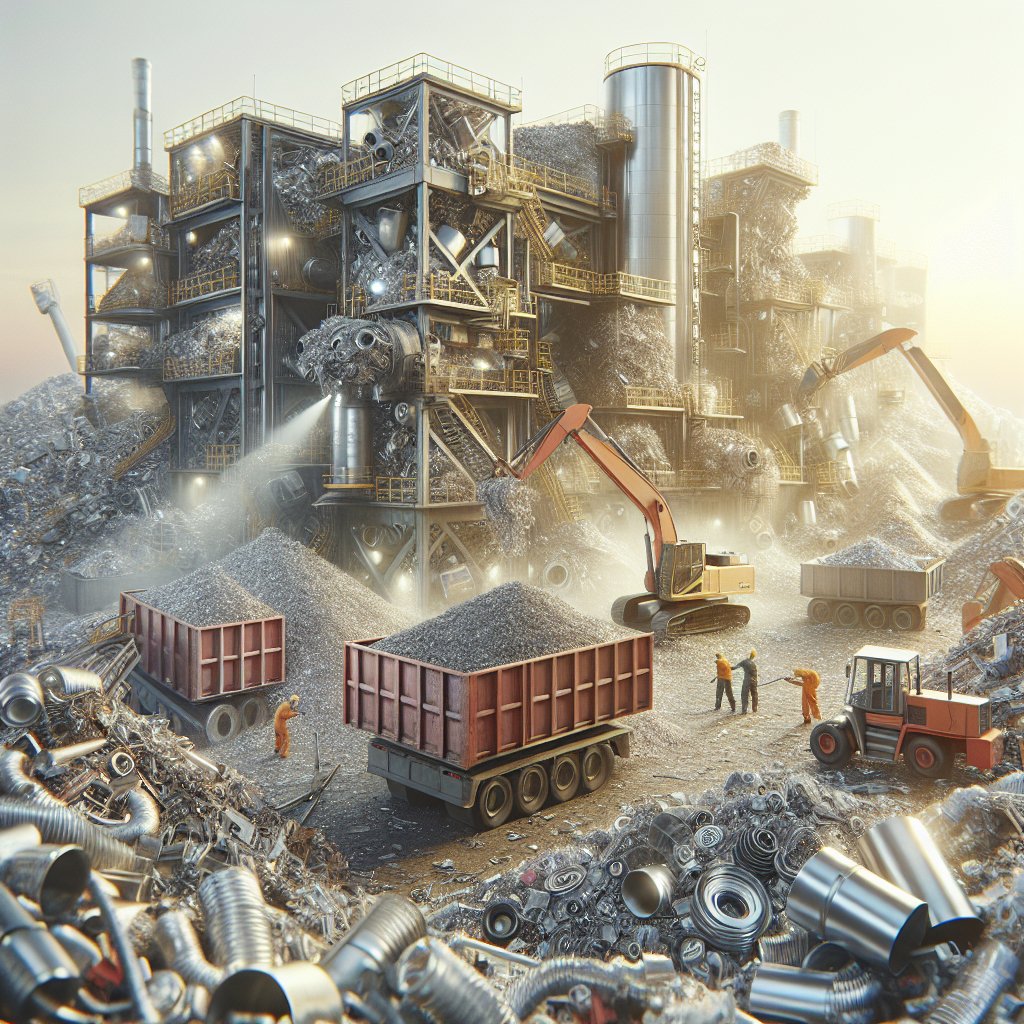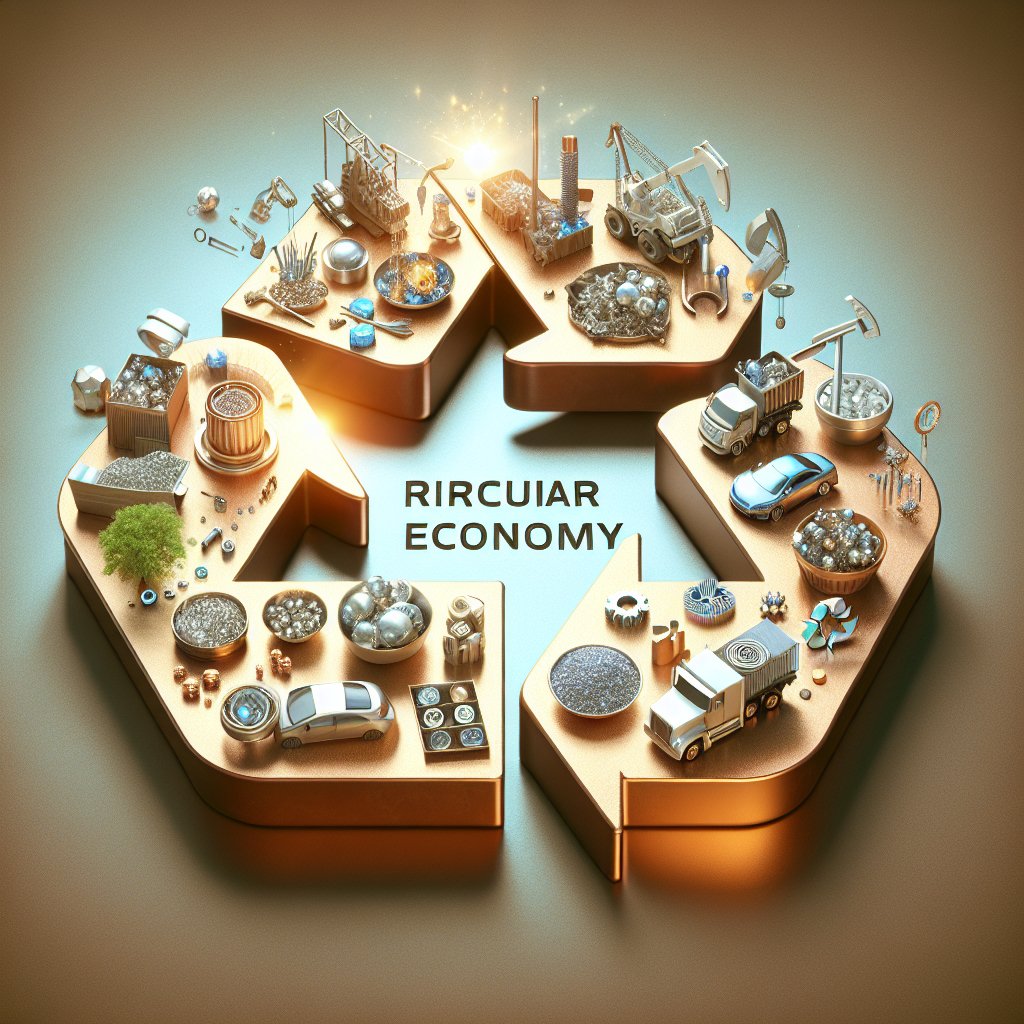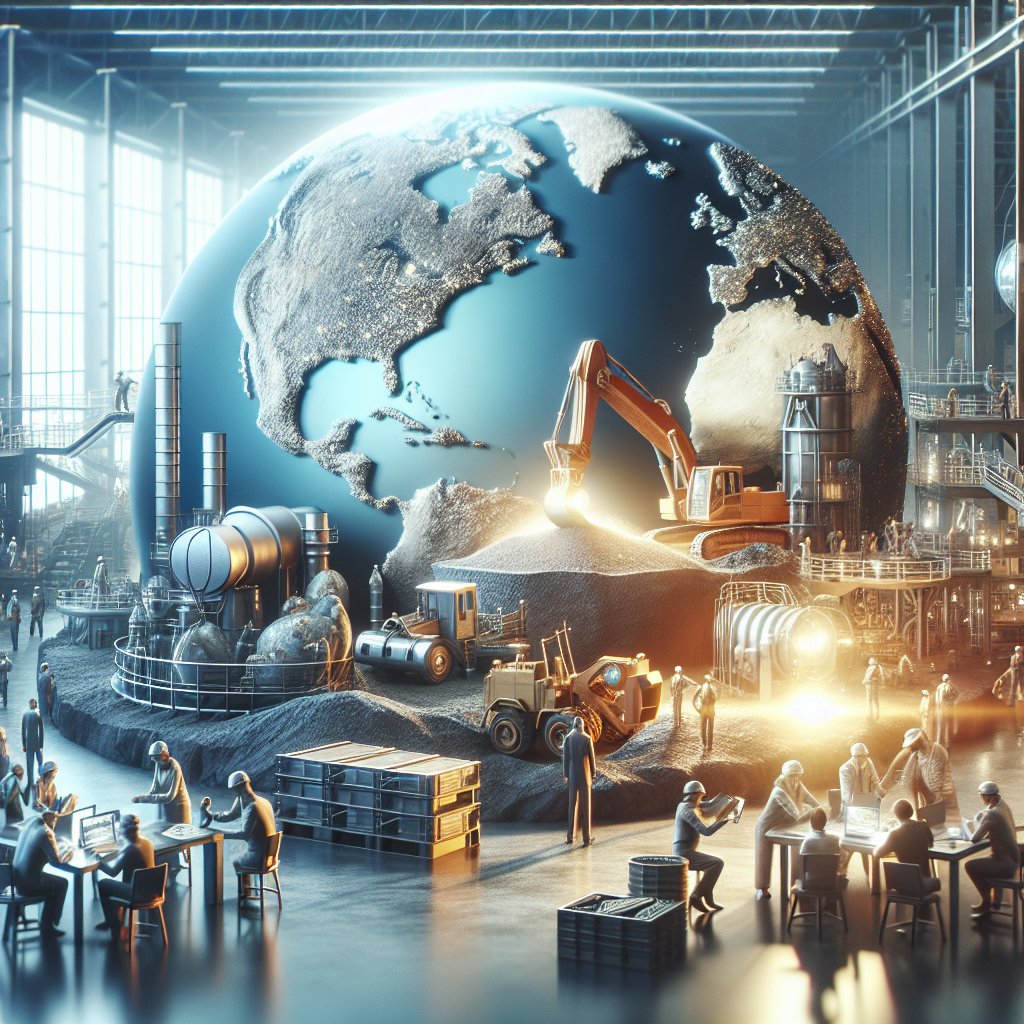The future of rare metals in sustainable manufacturing is a topic of growing importance as industries worldwide seek to balance technological advancement with environmental responsibility. Rare metals, often referred to as rare earth elements, are critical components in a wide array of modern technologies, from smartphones and electric vehicles to renewable energy systems. As the demand for these technologies increases, so does the need for sustainable practices in the extraction, use, and recycling of rare metals. This article explores the role of rare metals in sustainable manufacturing, the challenges associated with their supply, and the innovative solutions being developed to ensure their responsible use.
The Role of Rare Metals in Modern Technologies
Rare metals are indispensable in the production of many high-tech devices and systems. These elements, which include neodymium, dysprosium, and terbium, among others, possess unique properties such as high magnetic strength, luminescence, and conductivity. These characteristics make them essential in the manufacturing of permanent magnets, phosphors, and catalysts, which are integral to the functionality of various electronic devices and green technologies.
In the realm of renewable energy, rare metals play a crucial role in the efficiency and performance of wind turbines and solar panels. For instance, neodymium and dysprosium are key components in the powerful magnets used in wind turbine generators, which convert wind energy into electricity. Similarly, thin-film solar panels often rely on indium and tellurium to enhance their photovoltaic efficiency. As the world shifts towards cleaner energy sources, the demand for these rare metals is expected to rise significantly.
Moreover, the automotive industry is increasingly dependent on rare metals for the production of electric vehicles (EVs). The batteries that power EVs, such as lithium-ion batteries, require metals like lithium, cobalt, and nickel. Additionally, the electric motors in these vehicles often use rare earth magnets to achieve the necessary power and efficiency. As governments and consumers push for a transition to electric mobility, the pressure on rare metal supplies will likely intensify.
Challenges in the Supply Chain of Rare Metals
The supply chain of rare metals is fraught with challenges that complicate their sustainable use. One of the primary issues is the geographical concentration of rare metal deposits. A significant portion of the world’s rare earth elements is mined in China, which has historically dominated the global market. This concentration poses risks related to supply security and market volatility, as geopolitical tensions or policy changes in key producing countries can disrupt the availability of these critical materials.
Environmental concerns also loom large in the extraction and processing of rare metals. Mining operations often result in significant ecological damage, including habitat destruction, soil erosion, and water pollution. The refining process can produce toxic byproducts, which, if not managed properly, can lead to severe environmental and health impacts. These issues underscore the need for more sustainable mining practices and stricter environmental regulations.
Furthermore, the recycling of rare metals presents its own set of challenges. While recycling can reduce the demand for newly mined materials and mitigate environmental impacts, the process is often complex and costly. Rare metals are typically used in small quantities and are dispersed throughout various components, making their recovery difficult. Current recycling technologies are not always efficient or economically viable, which limits the extent to which rare metals can be reclaimed and reused.
Innovative Solutions for Sustainable Use of Rare Metals
To address the challenges associated with rare metals, researchers and industries are exploring innovative solutions aimed at enhancing sustainability. One promising approach is the development of alternative materials that can replace or reduce the reliance on rare metals. For example, scientists are investigating the use of ferrite-based magnets as substitutes for rare earth magnets in certain applications. These alternatives, while not yet as efficient, offer the potential to decrease dependency on scarce resources.
Advancements in recycling technologies are also crucial for the sustainable management of rare metals. New methods, such as hydrometallurgical and bioleaching processes, are being developed to improve the efficiency and cost-effectiveness of metal recovery. These techniques aim to extract rare metals from electronic waste and industrial byproducts with minimal environmental impact. Additionally, initiatives to design products with recyclability in mind are gaining traction, encouraging manufacturers to consider the end-of-life phase during the design process.
Policy measures and international cooperation are essential components of a sustainable rare metals strategy. Governments can play a pivotal role by implementing regulations that promote responsible mining practices, support research and development in alternative materials, and incentivize recycling efforts. International collaboration is also vital to ensure a stable and secure supply chain, as well as to share best practices and technologies for sustainable resource management.
In conclusion, the future of rare metals in sustainable manufacturing hinges on the ability to balance technological needs with environmental stewardship. By addressing the challenges in the supply chain and investing in innovative solutions, industries can pave the way for a more sustainable and resilient future. As the demand for high-tech and green technologies continues to grow, the responsible management of rare metals will be a critical factor in achieving global sustainability goals.












